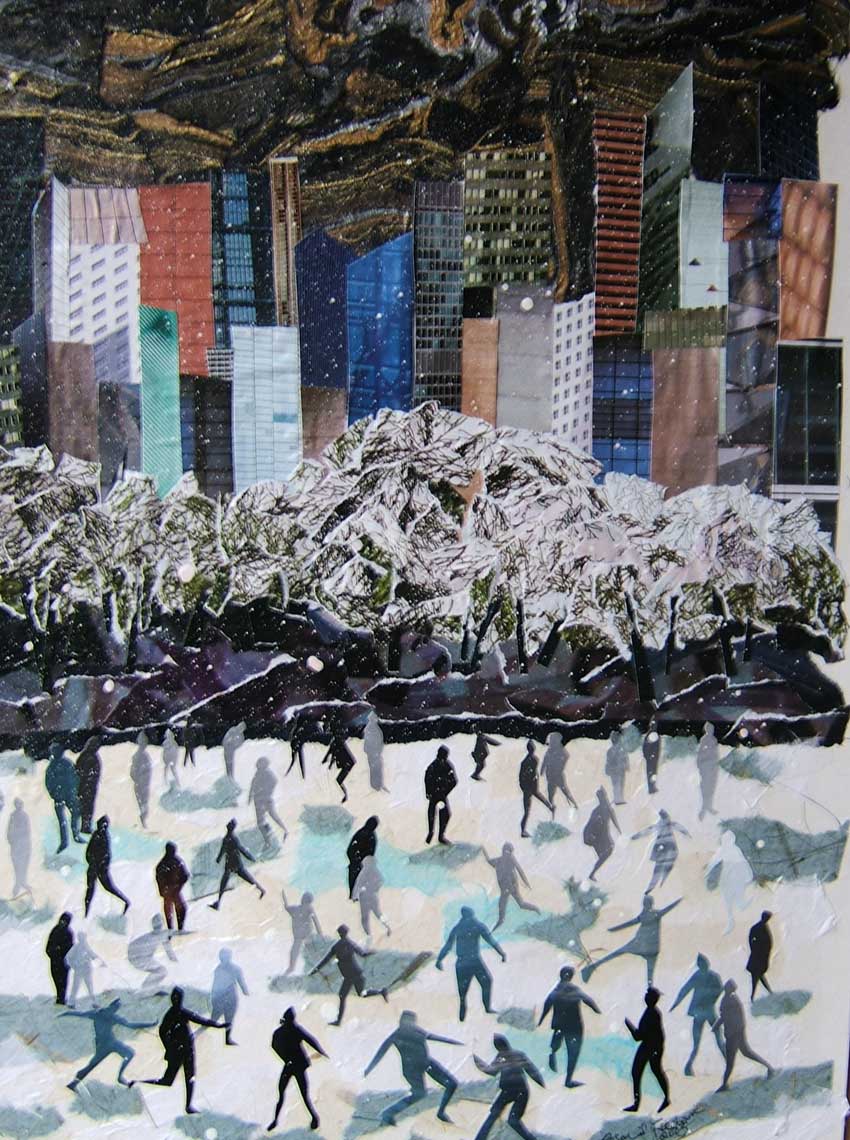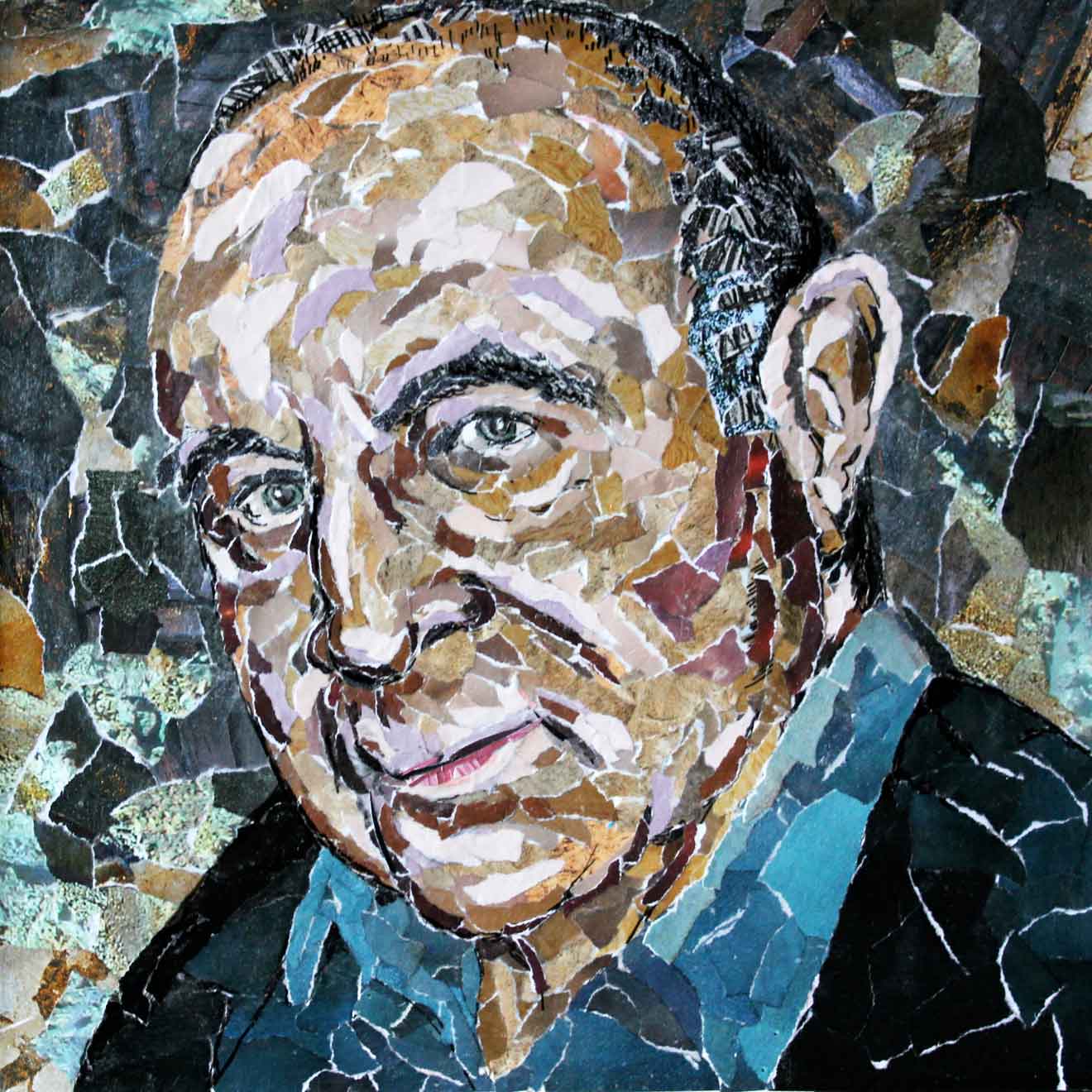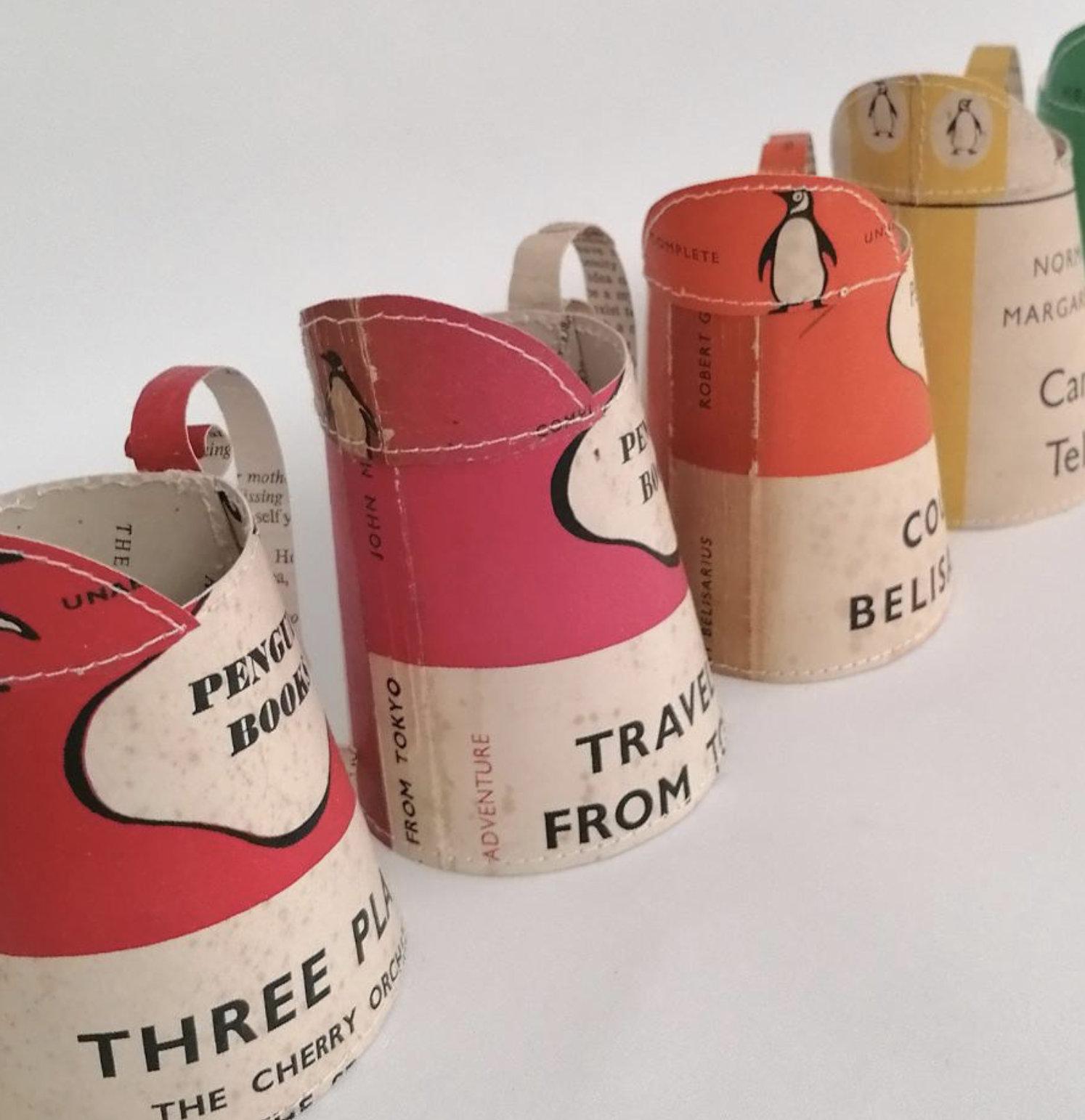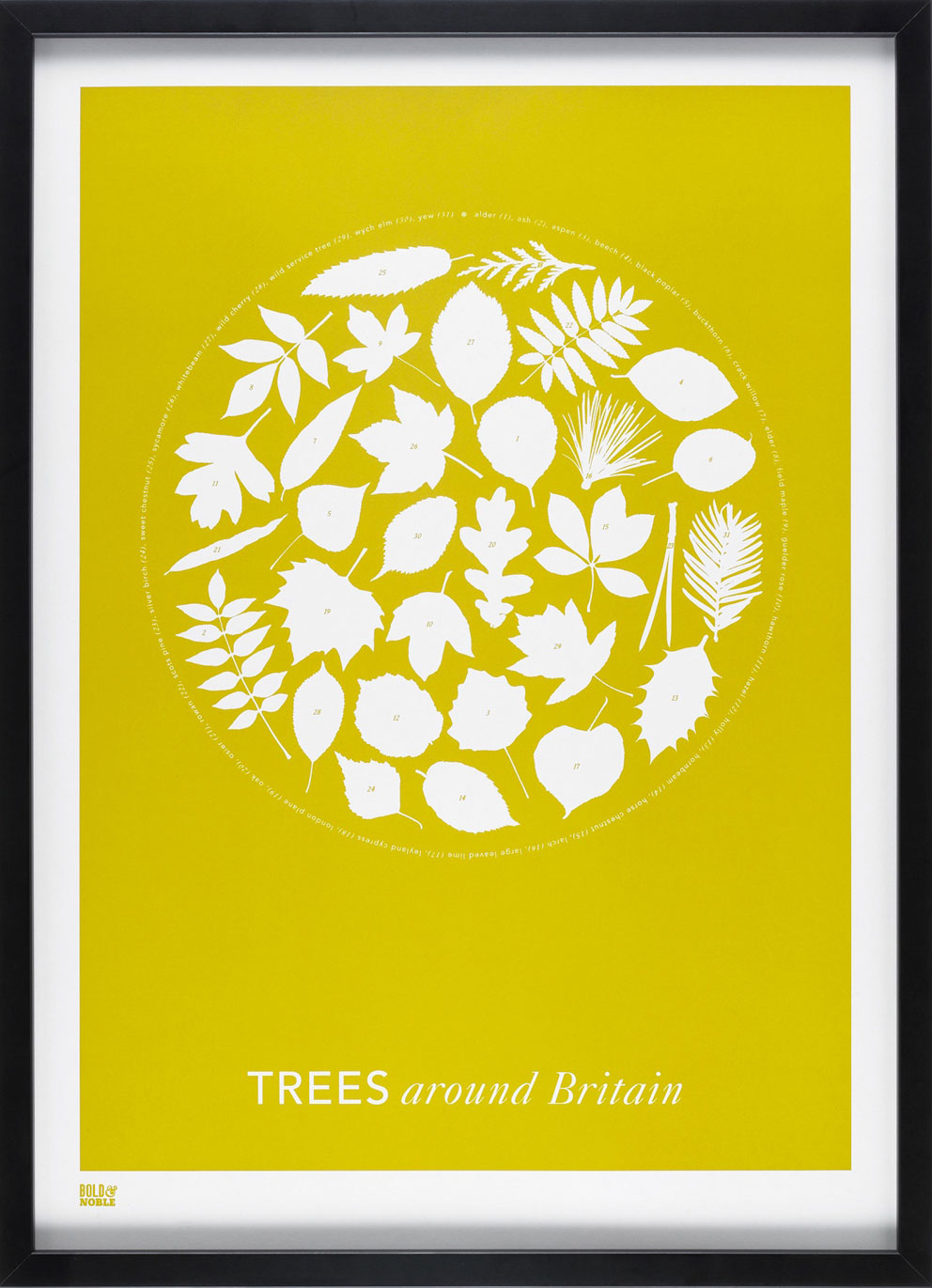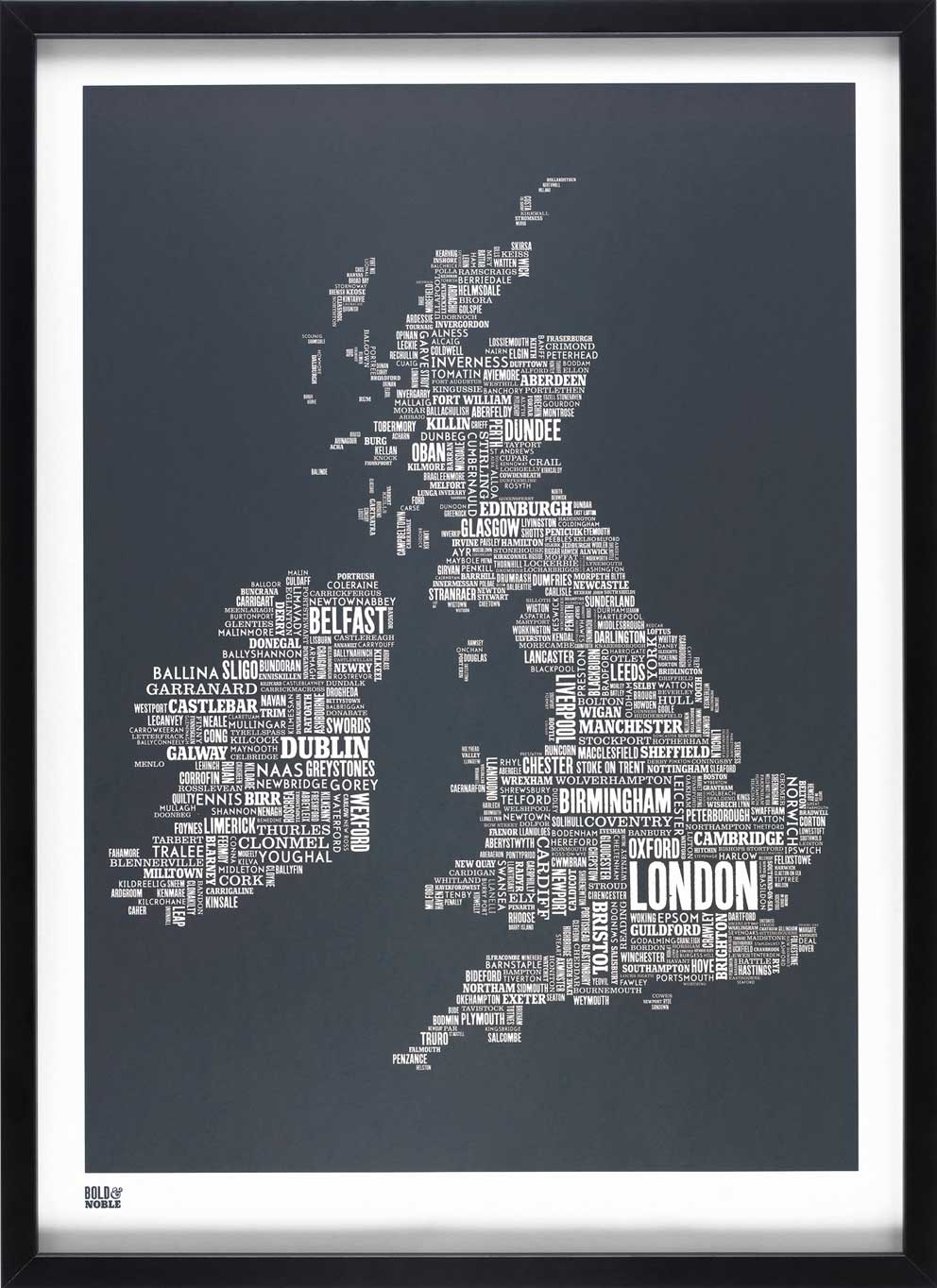The art of eco: environmentally-friendly art and artists
Do you find yourself wondering 'but is it eco?' when you look at pieces of art? If so, you'll be glad to know plenty of artists are striving to create work that is as environmentally-friendly as it is aesthetically-pleasing

Art is not the toxic business it was centuries ago, but don't assume all art is as green as green can be. Pictured above: artist Sarah Elder is an artist who does care about using eco friendly materials..hence Flamingoes (16x24 inches) is painted on elephant dung paper
There's an assumption that art is beyond reproach because it's culture and culture is good for the mind and the soul. But the business of painting has long been up to its neck in toxic pigments, solvents and formaldehyde, and artists haven't always scored highly when it comes to minimising waste.
Of course, the art fraternity can hardly be compared to coal-burning power stations as CO2 emitting baddies, but it does seem a lot of artists around the world are looking at ways of reducing their own personal carbon footprints - whether they're the stars whose work is snapped up by the rich and famous at the Frieze Art Fair, or that nice lady down the road who makes pretty mosaics to decorate the local primary school.
Wildlife paintings by Sarah Elder
For award-winning wildlife artist Sarah Elder, her main efforts are spent capturing the thrill of animals in motion, which she does exquisitely in watercolour and oil paint. But she's very concerned about what she paints on and strenuously avoids ordinary paper, particularly any that is bleached.
'I often work on unorthodox materials collected on my travels such as papyrus (it grows wild along the Nile), and elephant dung paper ((boiled up, the dung becomes a fibrous mixture which is flattened and left to dry). I also use rice, banana and coconut papers and handmade local papers from all over the world.
'These papers can be made very simply, without the need for conventional energy sources, and local communities benefit from the jobs. All the papers vary and produce individual challenges - some are very absorbent, or very fine and delicate to work on, others are slippery and some are rough, so they all require different treatments. This in itself is exciting and there's a journey in creating the picture itself.
'I also work on wood, and am always on the lookout for local hessian/sacking as a canvas substitute. Not only is it eco-friendly but it has a lovely natural brown colour to it, as opposed to stark, clinical white!'
UK artist Rosalind Freeborn, who's based in north London, makes beautiful pictures using scraps of paper torn from glossy international design magazines (notably Domus and Frame, which she likes because they are so well produced and the inks don't fade). From a distance the images look as if they're painted, but close-up you see the layers and the texture.
'My pictures are made up of thousands of fragments of paper,' Freeborn explains. 'This collage style is similar to mosaic but much more versatile - and far cheaper!' While the driving force behind her oeuvre was never that she wanted to be 'eco artist', she does say her interest in developing the technique stemmed from a reluctance to throw out her design magazines.
'For me, it felt wrong to throw them out...so I decided to recycle them myself, and make use of all that fabulous quality paper and glorious colours.'
Her technique works well for portraits as well as landscapes, and while no two pictures can be identical, Freeborn is able to makes a picture that is similar in look and feel to one she's made but sold, if a client wishes. But mostly people commission an image of a place or person important to them.
Prices for portraits start at around £400. As to their longevity, Freeborn is confident her work will be here in 100 years' time. 'The pictures are coated with PVA varnish which is very sturdy. And because I use heavy quality gloss paper, the colours in the images won't fade. And you can put them behind glass, of course.'
Bruce Ingram, Bold & Noble, and Made by Hands of Britain
Bruce Ingram is a London-based artist whose work sells for between £1,000 - £3,000. He recyles the detritus he creates as he goes about his work in his studio.. you could see it as pre-consumer-post-consumer recycling.
So instead of throwing them out or storing them neatly in a drawer, he leaves remnants of paper, polystyrene, paper clips, nails, ply, and plaster on the studio floor, and when inspiration strikes he will gather them up and turn them into sculptures or collages. His work is abstract and contemporary, with a fairly restrained colour palette. It's tactile, intriguing and lovely.
US artist Alex Uribe has done a lot to alert us to the creative possibilities and merits of recycled corrugated cardboard. Closer to home, you'll find lots of affordable, environmentally-friendly art on craft sites such as Handmade in Britain. Check out the work of Alexandra Abraham, who gathers up discarded items from river shorelines and incorportates them in her artworks; collage artist Dawn Maciocia, who is based in Fife, and Louise O'Hara, who works with waste pieces of paper and fabric, as well as commonplace items such as buttons.
Leicestershire-based Rachel Grevatte is an artist and avid recycler who has set up a Emily Found A Thing, which sells delightful recycled objets, furniture, and toys. She also makes mosaics from discarded ceramic tiles, as well as one-off objets such as a ceramic bird-feeder.
And if you like graphic art, Bold & Noble is the place to go for a wonderful selection of images from hugely talented husband and wife designers and illustrators David Wardle and Jane Tobitt. Their hand-pulled silk-screen images are printed in the UK on 100 per cent recycled paper, which are despatched to recipients in acid-free tissue. Images are priced at around £50.




